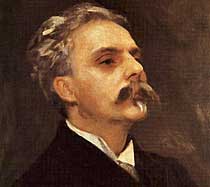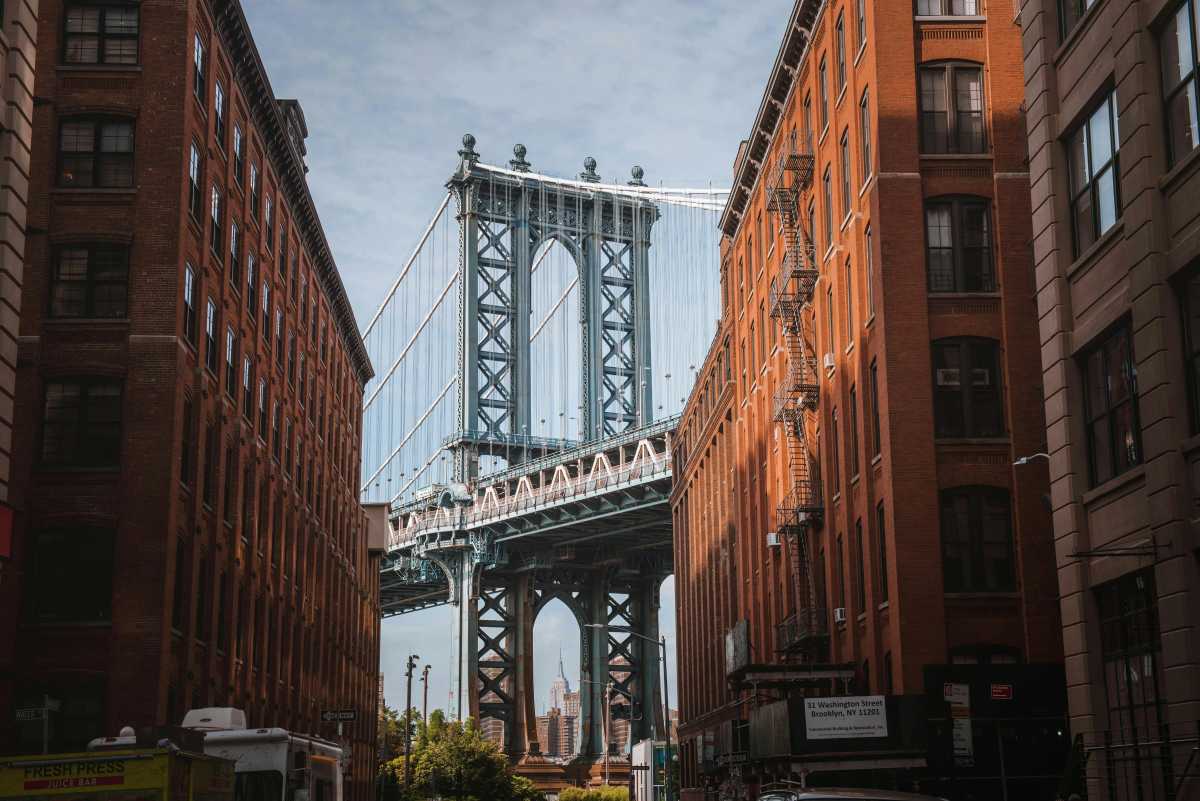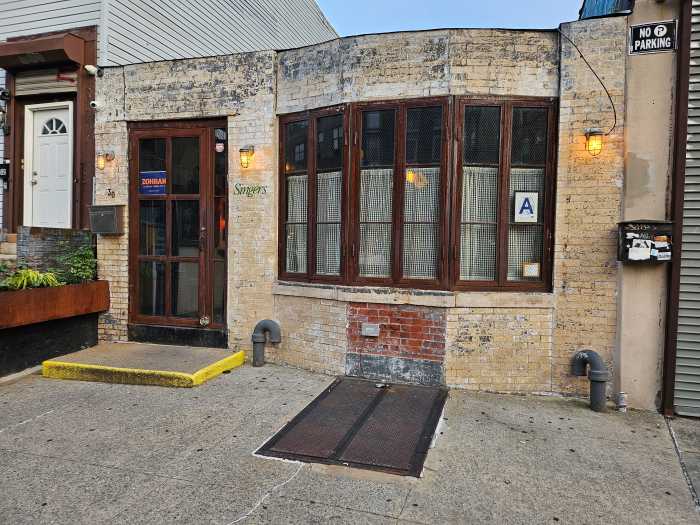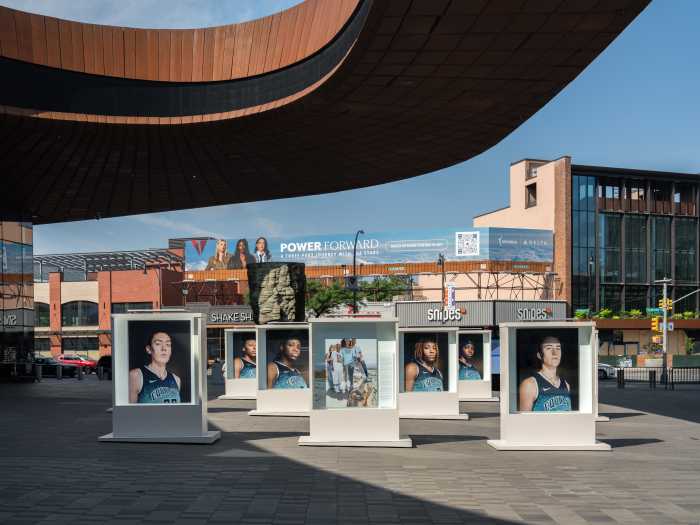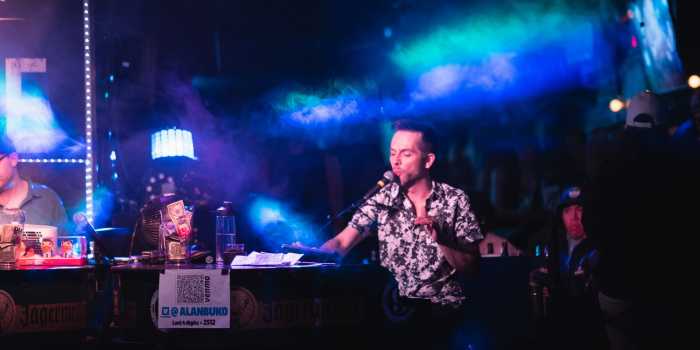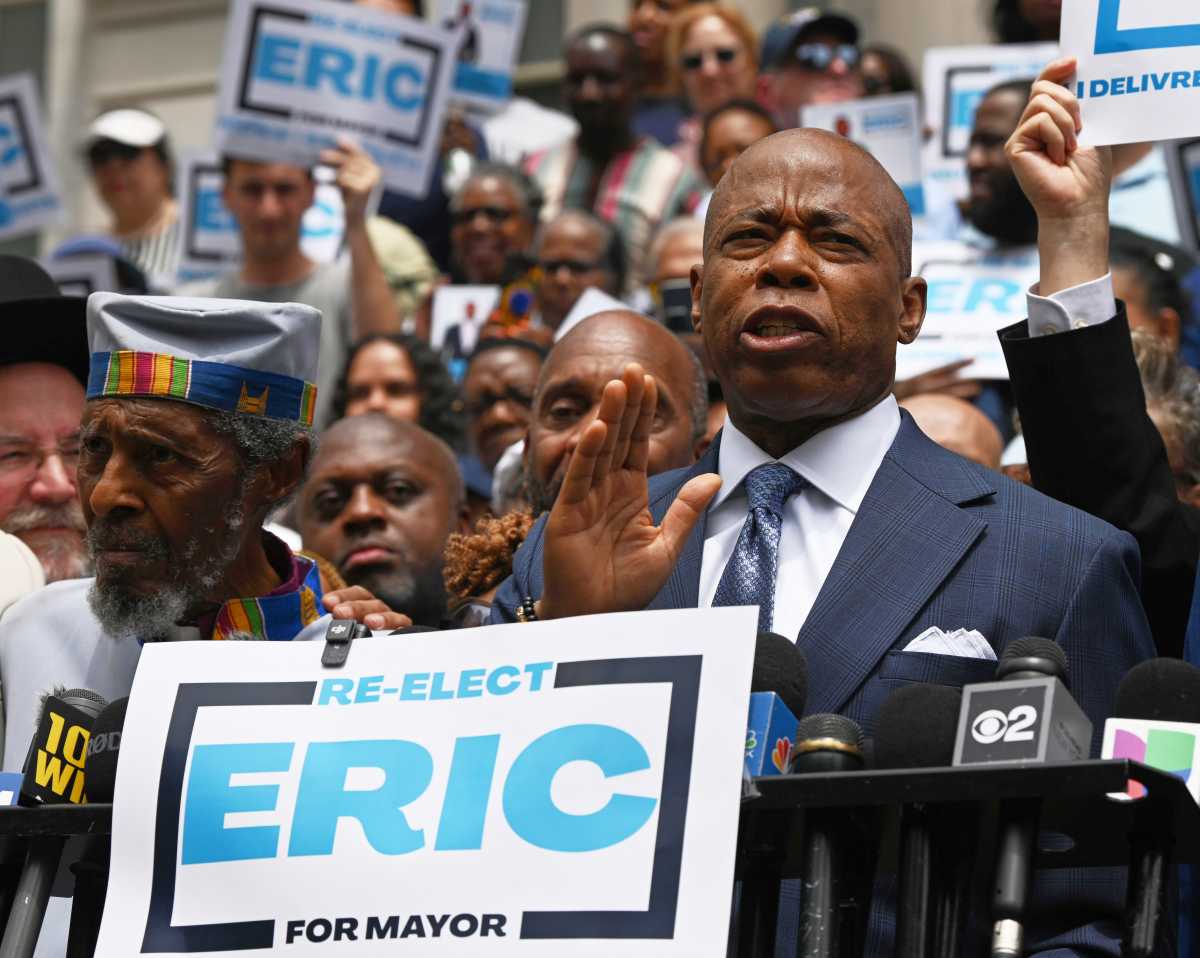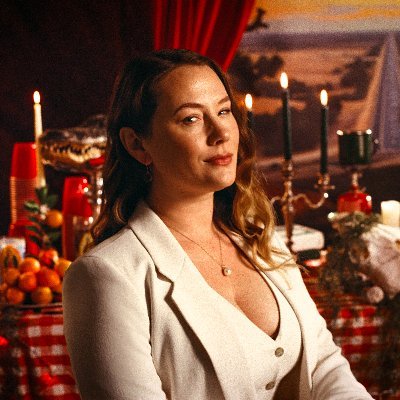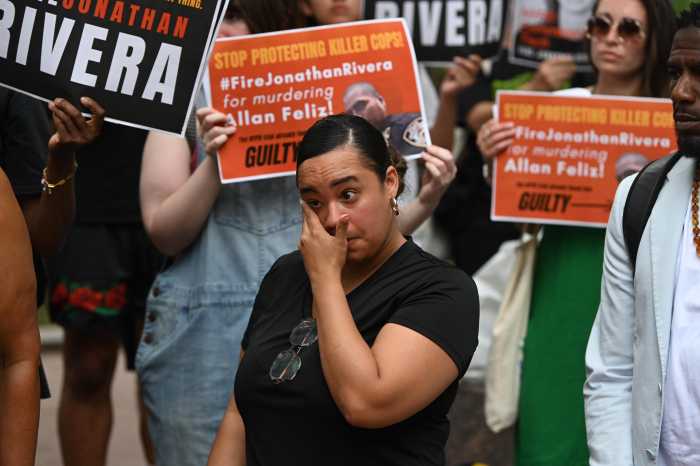Gabriel Faure, featured in several Bargemusic
concerts in the coming weeks, is a consistently underrated composer.
The usual reason trotted out is that Faure (1845-1924) – best
known for his many songs and chamber music works – was a "minor"
composer because he worked mostly in small forms. (His lone attempt
at a symphony was aborted, and his lone opera, "Penelope,"
while containing much gorgeous music, isn’t sufficiently dramatic
enough to hold the stage, even in Faure’s native France.)
How to rectify Faure’s unfair ranking among great composers?
For those of us who consider him one of the preeminent composers
of both the 19th and 20th centuries, the answer is simple: constantly
bring his music to everyone’s attention. And there’s no place
better to start than with three of his very best chamber works,
which will be performed at Bargemusic this month and next in
a trio of enticing programs.
The center of Faure’s musical output was the piano. Not only
were dozens of his wonderful songs composed for voice and piano,
but nearly all of his chamber music involved the keyboard. He
composed barcaroles, impromptus and nocturnes for solo piano;
violin and cello sonatas; a piano trio; two piano quartets and
two piano quintets – indeed, only his very last work, his lone
String Quartet, was piano-free.
The Faure works scheduled for Bargemusic are among the greatest
of any composer in three very distinct forms – the piano trio,
the piano quartet and the violin sonata. Faure’s D-minor Piano
Trio, his lone incursion into this genre, was composed when he
was 77. As usual with Faure, the grace and subtlety with which
he balances the three instruments has few rivals, and the outpouring
of memorable melodies – from the first movement’s lively opening,
through the Andantino’s slow elegance, to the finale’s stately
finish – is simply breathtaking.
The Piano Trio will be performed Jan. 15 and Jan. 16 by an ensemble
consisting of pianist Marija Stroke, cellist Eric Jacobsen and
violinist Curtis Macomber; along with violist Hsin-Yun Huang,
they will also perform works by Schubert, Dvorak and Ernest Dohnanyi.
Faure’s C-minor Piano Quartet, composed in 1880 and revised in
1884, finds a youthful composer at the height of his powers,
its four classically structured movements running the gamut from
vigor to the most wistful delicacy. The opening Allegro is one
of Faure’s grandest movements, and the entire quartet has a symphonic
sweep that puts to bed critical carping that Faure was hemmed
in by smaller forms.
The Aspen Ensemble will perform the quartet Jan. 24 and Jan.
25, along with works by Mozart, Bach and David Schiff.
Faure’s first Violin Sonata, in A Major, may be his most popular
chamber work. Composed when he was 30 – the earliest Faure work
on the Bargemusic programs – it has rarely fallen out of favor
with the best musicians, and just recently the superb violinist
Gil Shaham made it the centerpiece of his Canary Classics recording,
"The Faure Album," along with the Piano Trio.
Violinist Peter Zazofsky and pianist Doris Stevenson will play
the sonata Feb. 21 and Feb. 22; along with cellist Ole Akahoshi
and violist Jesse Levine, they will also perform Beethoven and
a Dvorak Piano Quartet.
Music of such passion and intensity can only spring from a composer
of like temperament, and Faure seemed to pour his very soul into
every composition. He always made every note count, and hearing
these three works – two from early in his career, and one in
its late stages – is a lesson in the advantages of fastidiousness
and brevity.
That said, none of these works is short – the trio clocks in
at about 20 minutes, the quartet at about 30 and the violin sonata
at about 23 – but they all operate under the principle that no
note could be subtracted or added without destroying the sublime
architecture of the whole. And that was Faure’s greatest achievement:
No matter what forms he worked in, his songs, solo piano works,
chamber pieces and orchestral works all have a clarity and sureness
of purpose that brings to mind another, vastly different composer,
Mozart. There is no higher praise.
As Faure’s music in concert is a rarity, so too – equally unfortunately
– are new recordings of his music. In addition to Shaham’s new
disc, there’s a Hyperion Records re-release of what are, to these
ears, Faure’s greatest achievements: the D-minor piano quintet
(composed in 1906) and the C-minor piano quintet (composed in
1921), performed by the ensemble Domus and violinist Anthony
Marwood. Extremely muscular and musically astounding, these quintets
belie their status as "late" works with a vibrancy
that’s astonishingly youthful in sound.
At any age, Faure is a master worth hearing.
The music of Gabriel Faure will be performed
Jan. 15, 16, 24 and Feb. 21 at 7:30 pm and Jan. 25 and Feb. 22
at 4 pm at Bargemusic (Fulton Ferry Landing at the end of Old
Fulton Street on the East River). Tickets are $35, $20 for full-time
students. For more information, call (718) 624-2083 or visit
www.bargemusic.org.


